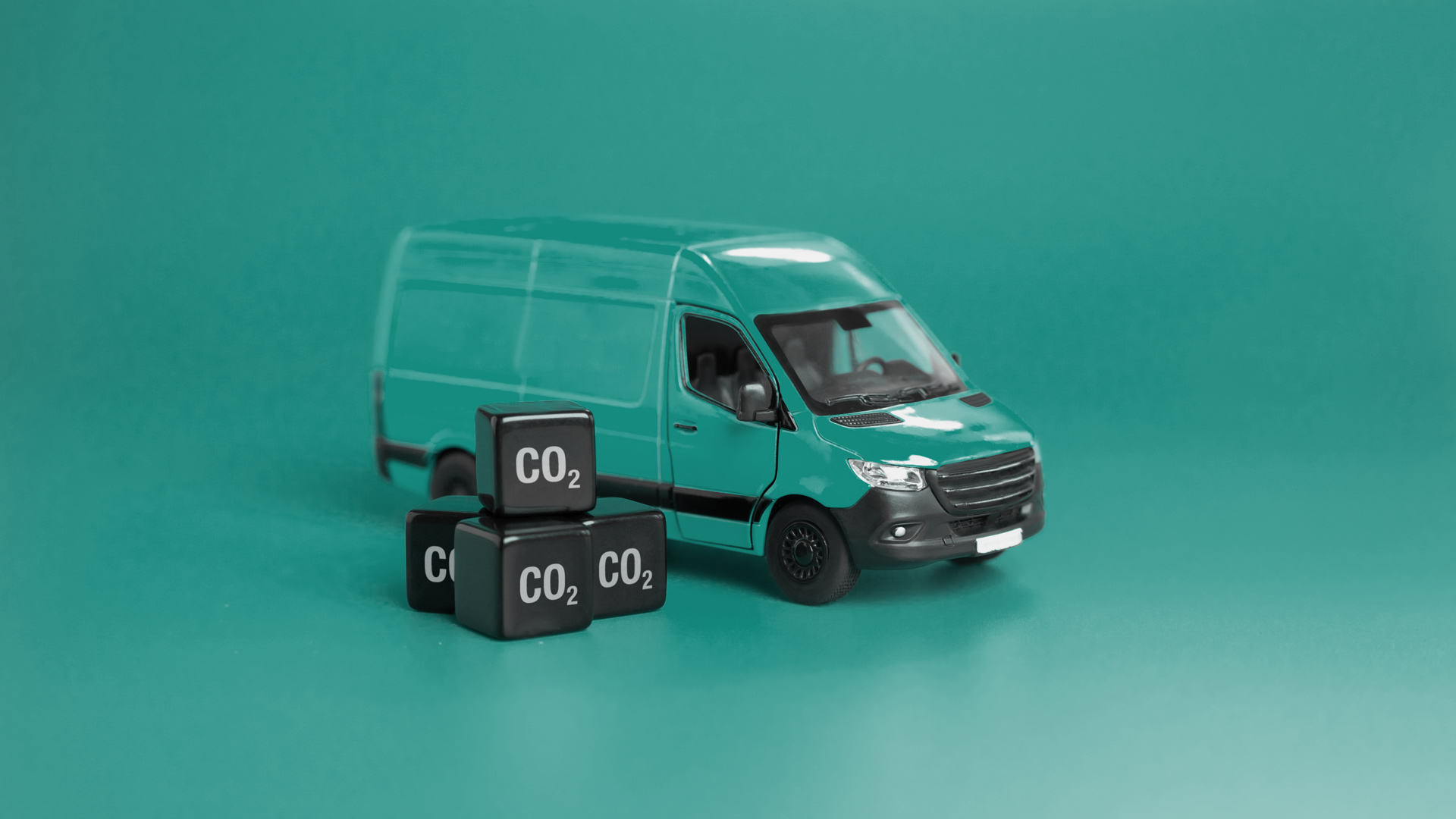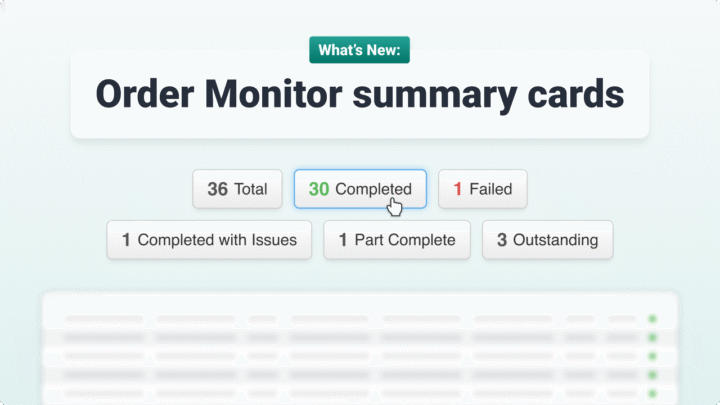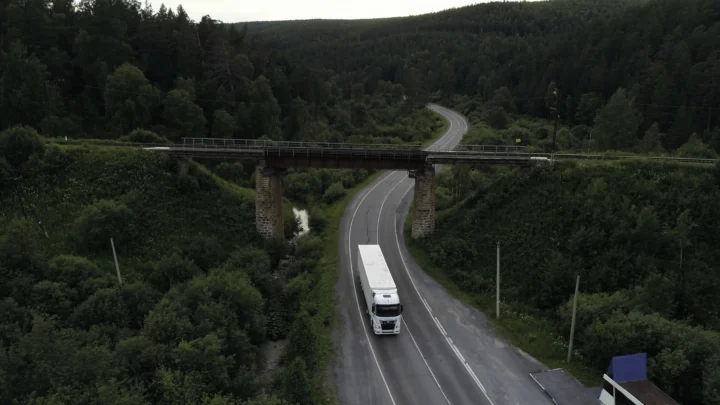Large or small, public or private, most organisations are trying to cut emissions these days.
Particularly for organisations in the logistics sector, cutting CO2 emissions would vastly improve their green credentials — not to mention cutting their costs.
The need, and ability, to report on those CO2 emissions though, is essential for any transport and logistics business.
In the UK, the Government has set an ambitious target to reduce total carbon emissions in all sectors of the economy to net zero by 2050.
As part of this plan, Crown Commercial Services (the UK’s public sector procurement organisation) has, since September 2021, required providers (including logistics service providers) to demonstrate their commitment to the carbon net zero pledge with a carbon reduction plan.
That means that logistics managers operating or bidding for contracts in the public sector must be able to measure their carbon emissions, with a plan in place for reduction.
Accurate CO2 reporting makes it easy for public sector logistics managers to exemplify the work they are doing to reduce emissions as part of the net zero pledge.
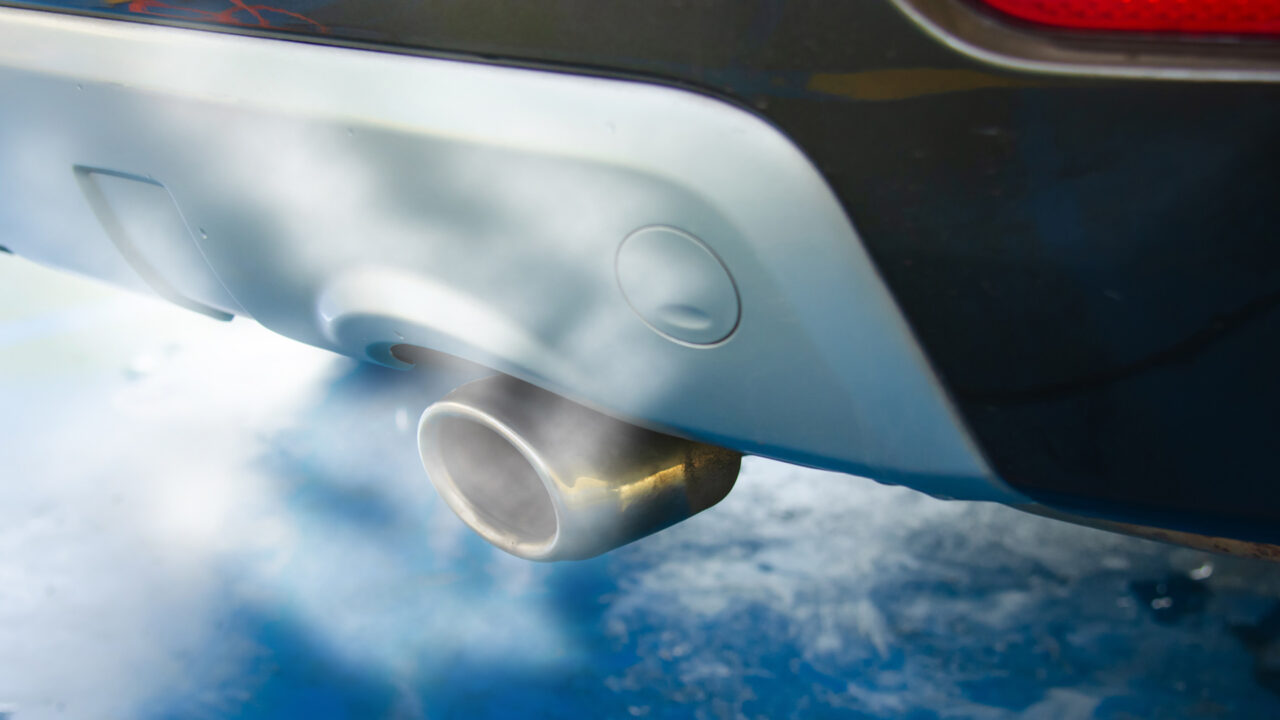
Understanding fleet CO2 emissions
Fleet CO2 emissions refers to the amount of carbon dioxide an organisation’s fleet of vehicles is putting out into the atmosphere. Typically, it is calculated in grams per mile.
CO2 emissions vary from fleet to fleet, based on factors such as vehicle type and size, typical payloads, fuel efficiency and fuel type, driving habits and route optimisation.
Logistics managers are typically responsible for monitoring, analysing, and ultimately reducing fleet CO2 emissions as part of the move towards net zero in the public sector.
StreamTech is committed to helping businesses reduce carbon emissions associated with their logistics operation in a number of ways including providing route optimisation as part of the TMS software application.
Why report on fleet CO2?
Procurement Policy Note 06/21: ‘Taking account of Carbon Reduction Plans in the procurement of major government contracts‘ outlines the requirement for organisations providing services — including transport and logistics — to public sector organisations to show their commitment to net zero.
As fleets are typically the biggest contributors of CO2 in any supply chain, reporting on fleet CO2 is an essential part of that strategy and commitment.
If suppliers aren’t able to fulfil that requirement of showing their commitment to net zero, they may lose out on potentially lucrative government and public sector contracts.
That lack of compliance may also have a knock-on effect on the organisation’s reputation for environmental responsibility.
Ultimately, unnecessary CO2 emissions are also a financial loss to any organisation’s bottom line. Fleet CO2 emissions come from fuel consumption, so any efficiency or technology that reduces fleet CO2 also reduces fleet fuel costs.
The first step to reducing anything though, is to accurately measure and report on it.
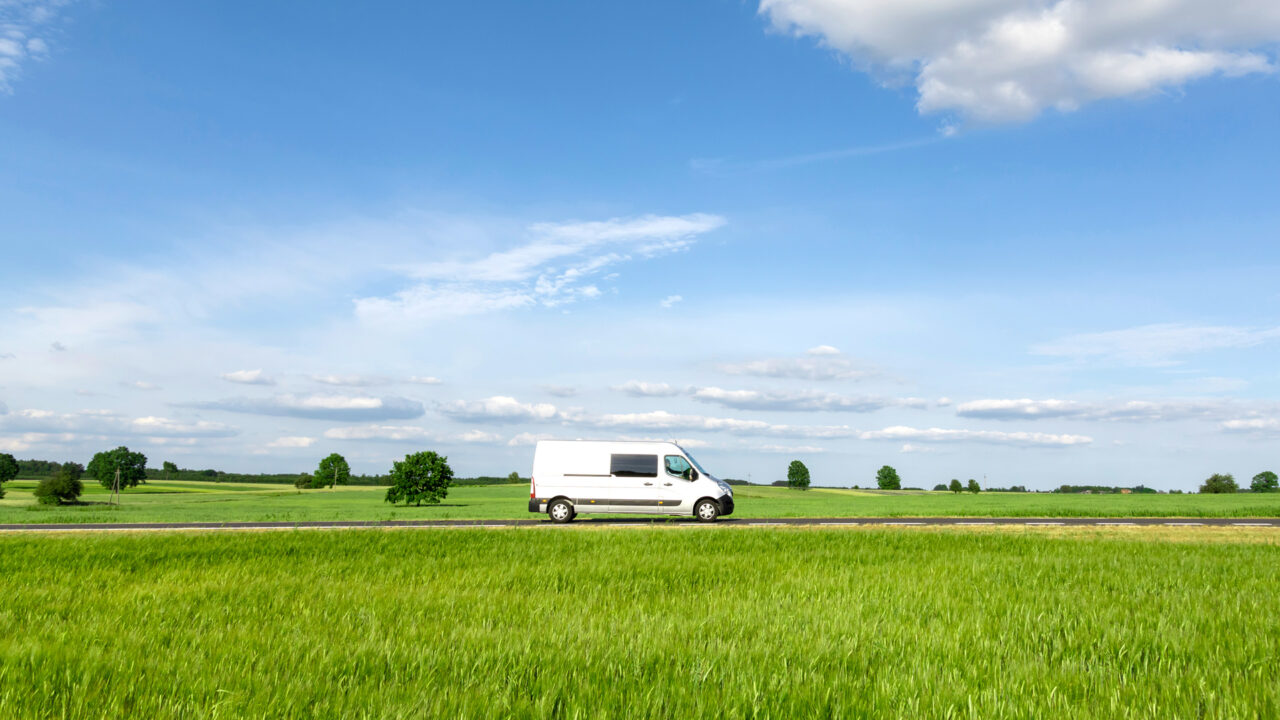
How to report on fleet CO2
You only need two key pieces of information to measure your fleet CO2: Vehicle CO2 emissions per mile, and miles driven per vehicle.
If that sounds simple, that’s because it can be. Manually inputting emissions and mileage data is an invitation to inaccuracies though.
How to find and record vehicle CO2 emissions per mile
You can find CO2 emissions data for new and used cars and LGVs in the UK on the government’s Vehicle Certification Agency (VCA) website here. Any vehicles not found there may have CO2 emissions data available on the manufacturer’s website or in the vehicle registration documentation.
With a system like Stream, you only have to input that information once for each vehicle type, and the CO2 reporting dashboard does the calculations for you.
How to find and record miles driven per vehicle
Between drivers forgetting to record mileage data at the start of every run, paper logbooks getting mislaid between the cab and the office, and human-error typos when inputting the data, mistakes and miscalculations are common.
Fleet maintenance and compliance software, like Stream, prompts drivers to record mileage in the app before the start of every run, so you always have accurate mileage data.
That data uploads to the cloud-based system as soon as the driver’s device connects to the internet. So you also have near-instant mileage updates for each vehicle, with no double data entry.
Reporting on fleet CO2
Then it is just a case of manually multiplying the number of miles driven by the CO2 emissions of each vehicle, and regularly creating a report to track your fleet emissions over time.
Alternatively, Stream’s CO2 reporting dashboard does the calculations for you, and lets you drill down to see and compare your CO2 emissions based on:
- Specific vehicle, vehicle type, or your entire fleet
- Per day, week, month, or annually
- Per run, per route, per drop, or per order.
Reducing emissions in the transport and logistics sector
Government and public sector suppliers must show a commitment to achieving net zero carbon emissions by 2050.
This means that fleet managers in public sector organisations (or organisations supplying the public sector) have a responsibility to record, report on, and reduce their fleet CO2 emissions.
Let’s work together to reduce the environmental impact of the logistics sector. Schedule your demo today.
If you’re interested in more blog articles about fleet CO2 emissions, we’d recommend checking out the following:
